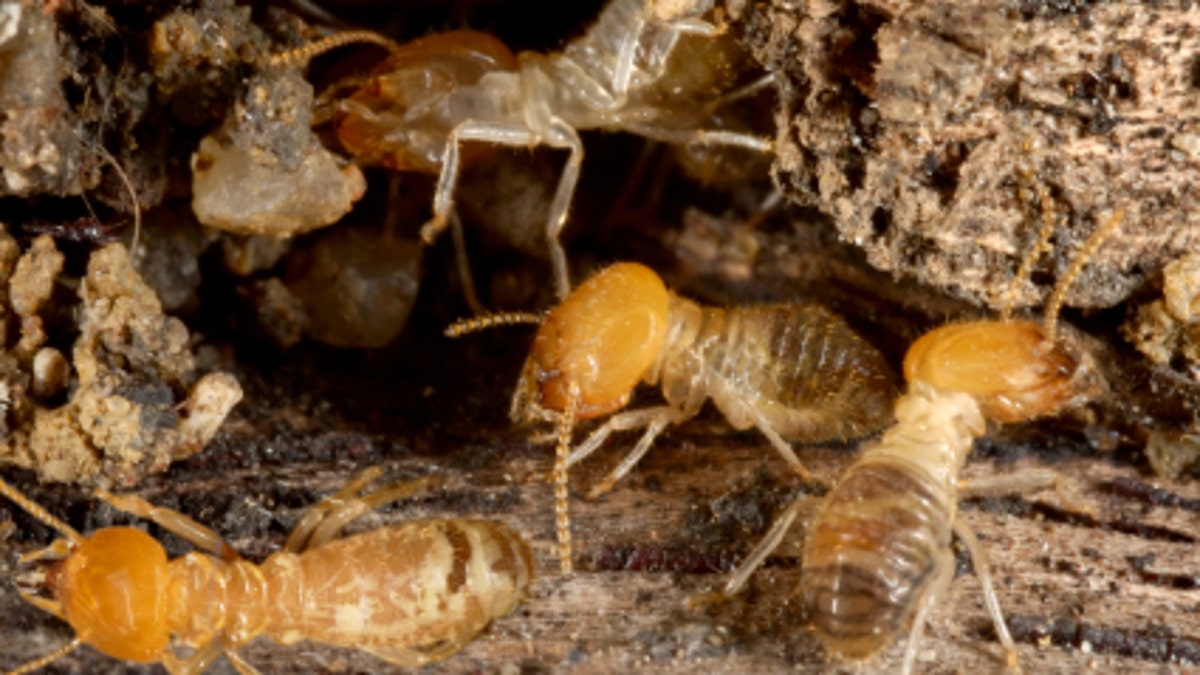
(ChartChai MeeSangNin (jeridu@yahoo.com))
Forget teenage boys - termites are what could eat you out of house and home. The ancestors of these wood-feasting pests once roamed with the dinosaurs, and today they cause an estimated $5 billion in property damage every year. Here is a guide to recognizing and preventing termite damage.
Types of termites
There are three major types of termites in the United States: dampwood, drywood and subterranean. Dampwood termites, which are usually the largest, live in heavily forested areas and go for wood with high moisture content. Drywood termites, as their name suggests, infest dry wood. They are primarily found from the South Carolina coast westward to Texas and along the California coast. Subterranean termites are found throughout the U.S. and are the most destructive. They live underground or in moist secluded areas above ground, and can cause the collapse of entire buildings.
Signs of termite infiltration
You may actually see the swarms of termites in early spring when clusters of reproductive terminates venture out to start new colonies. Keep in mind that you may confuse termites with flying ants. If you do see a swarm, contact a pest professional as soon as possible.
Termites are known as "silent destroyers." They eat 24 hours a day, seven days a week, which means the damage can happen rapidly.
According to the National Pest Management Association (NPMA), finding discarded wings near your doors and windowsills could indicate that the termites have already gotten in. Also look for dark or blistered wood structures, mud tubes near the foundation of your home, or soft wood inside your home.
Getting rid of termites
The NPMA says that termites are not the kind of problem that the average homeowner can solve on his or her own. The organization says to bring in a licensed pest control professional to control the situation because treatment varies based on where you live, the species of termite causing the damage, the severity of your infestation and the construction of your home.
Preventing termites
While you might not be able to get rid of the termites without help, there are preventative measures that can be taken to thwart a potential termite invasion. The NPMA recommends making sure basements, attics and crawl spaces are well ventilated and kept dry. Make sure vines, hedges and other plants are not blocking the vents. Avoid burying wood scraps or waste lumber in the yard.
It is important to store firewood at least 20 feet away from your house and 5 inches off the ground, and keep mulch at least 15 inches away from the foundation of your house. Keep an eye out for changes in exterior wood like windows, door frames and baseboards.
Ensure that your downspouts, gutters and slash blocks are effective in directing water away from your house. You should also routinely check your foundation for indications of mud tubes (which termites use to get to their food), bubbling or cracked paint and wood that sounds hollow when tapped. Repair any rotted roof shingles.